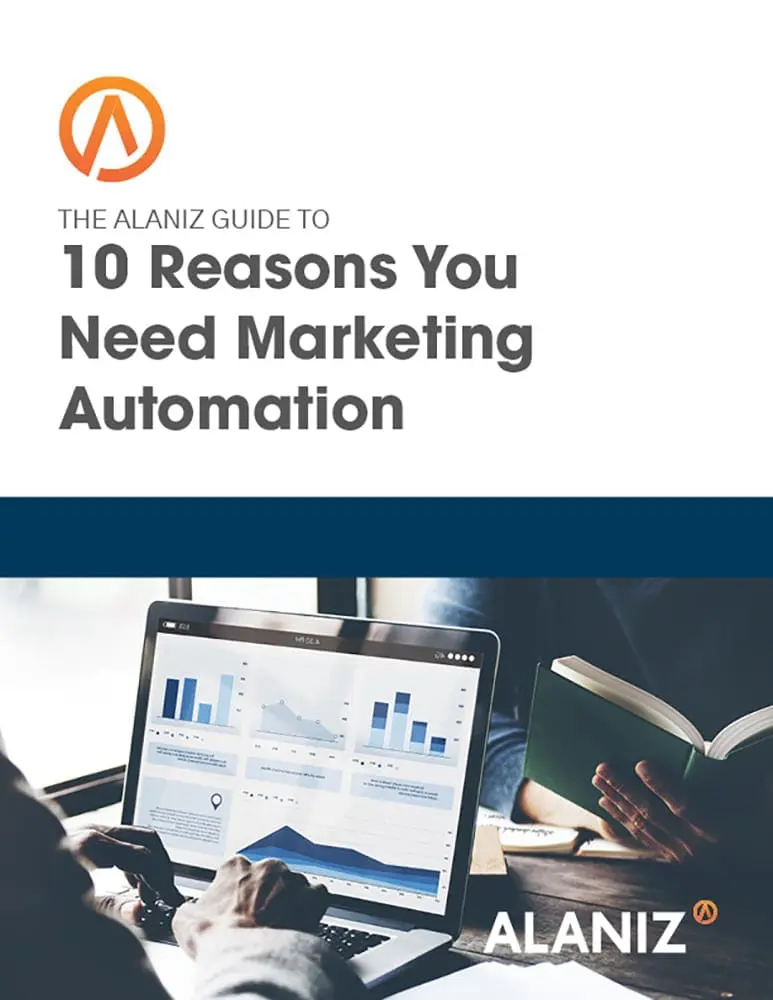Last fall IDC published a study showing that technology companies, particularly those with a high percentage of 3rd Platform products (cloud, social, mobile and Big Data and analytics), are increasing their marketing budgets by as much as 20% year over year.
One strategy that these companies employ to expand their reach is with inbound marketing.
Inbound marketing is an ideal solution for these technology companies, particularly IT solutions companies which get business from the same set of customers who need to scale further. The power of inbound marketing, supported by marketing automation, facilitates three things:
- increasing website traffic
- building the pipeline
- supporting closing leads
How does inbound marketing increase website traffic?
One premise of inbound marketing is attraction of the target buyer, defined by a persona. to the company’s website. This is accomplished by creating presence and a position of authority on the Internet. Winning companies have done this for years through the processes of blogging, hosting great content, SEO and social media. What inbound marketing has done is bring a consistent system to these processes. The marketing automation software provides allows a single management tool that combines these processes. Armed with this tool, technology marketers can finally manage, schedule, monitor and scale their efforts to drive website traffic.
Filling the pipeline with inbound marketing
As the website traffic increases, the marketing automation software enhances the website experience for the buyer. Marketers map the buyer’s journey with matching buyer’s actions on the website, such as viewing and downloading content, attending webinars and seminars and subscribing to blogs. Each action adds a predetermined marketing value to the buyer. Once the buyer has achieved reached a certain total value in the system, he is identified as qualified lead and the sales team is notified.
The beauty of this process is that the marketing automation software allows insight into the development of the lead. This insight permits optimizing at each of the many contact points with the buyer along their journey. With almost excruciating detail, marketers are able to test and adjust landing pages, calls to action, graphics and a dozen or so other variables for each step. Of course, even for technology companies, the choices allowed can overwhelm marketers who do not have the bandwidth or expertise to oversee and execute within this system.
Inbound marketing supports closing leads
Once the buyer has reached a qualified lead status, the sales process begins. Through the software, emails with invitations for one-on-one calls, meetings or other engagement are sent and logged. Drip marketing and nurturing techniques are used to progress leads to the next level of engagement and keep relationships warm.
The salesperson is presented with the history of the buyer to that point. That history would include the dates and times of the actions the buyer has taken, the detail of the offers accepted, content consumed, and information about the buyer such as job title, industry, geography, customer segment and other specifics. With this data, the trained salesperson can customize the next steps of sales process. There may be no need to educate the buyer on topics already covered. The buyer may have already identified key pain points which the salesperson can then address.
For many companies, the marketing automation software can provide a smooth transfer of this data through APIs into the CRM system of choice. Integration of popular marketing and CRM systems can be accomplished in a short time.
Technology companies are often held to a higher standard for their use of technology. This holds true for the use of tech in the marketing processes as well. Inbound Marketing, well executed, provides the buyer with a web-centric, logical journey that in itself can inspire confidence.
For a better understanding of how marketing automation can add value to your company, read the ebook below.




